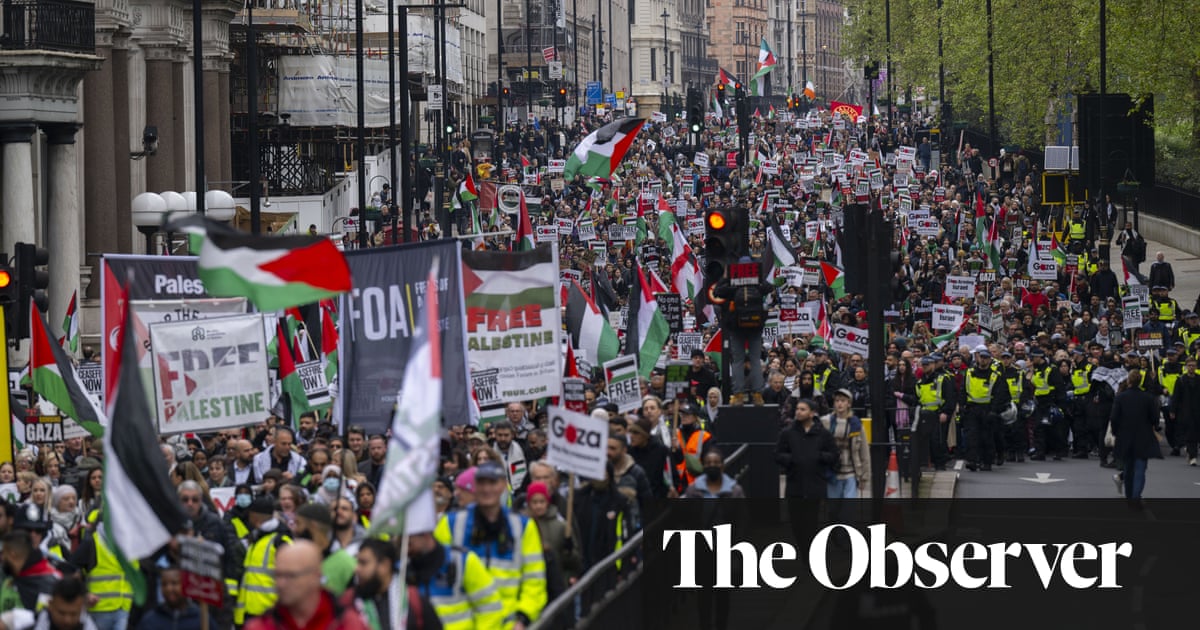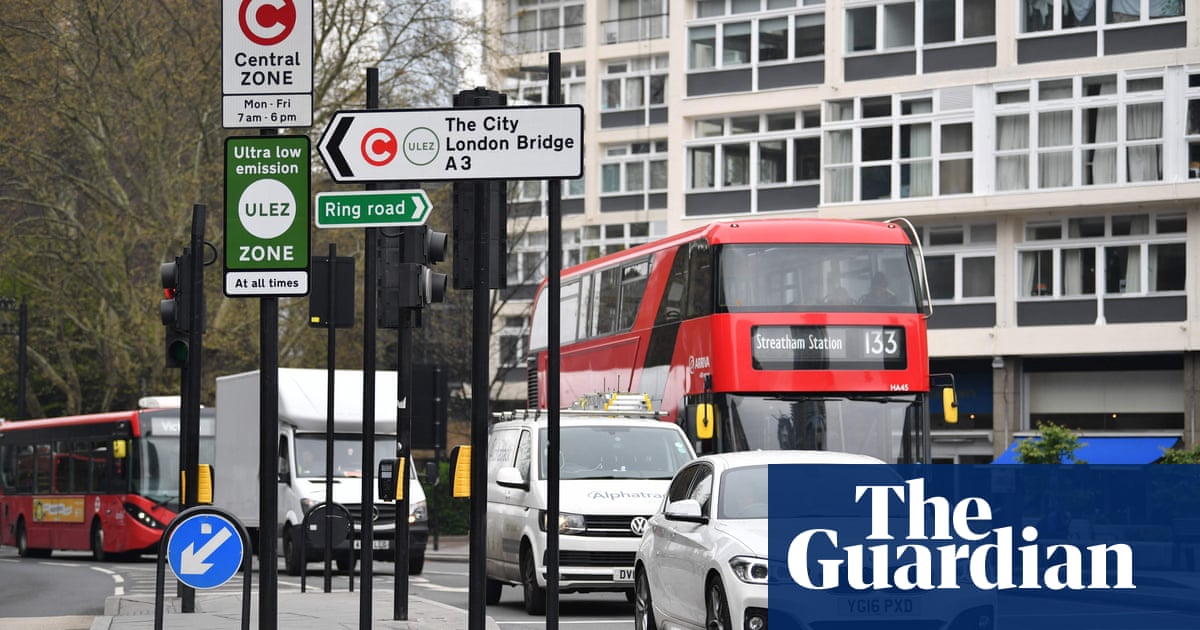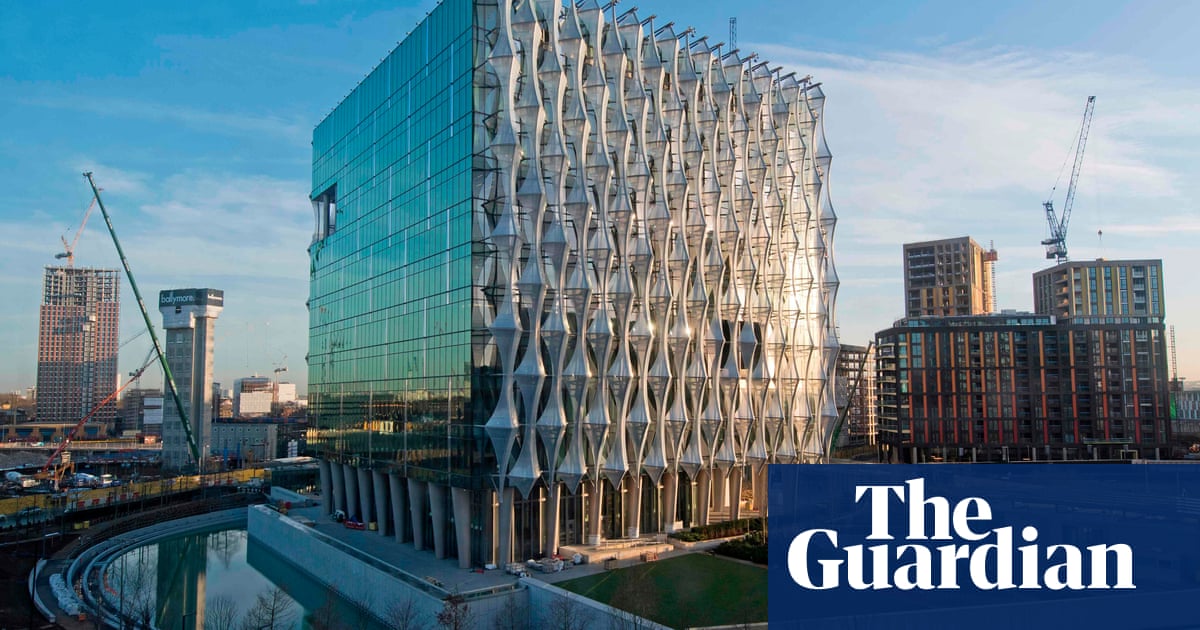
n its 17 years of operation, the London congestion charge had become a relatively uncontroversial fact of life; few motorists now assert the right to travel for free into the crowded eight square miles at the heart of the capital city.
But now that zone could be expanded far and wide: right out to the orbital roads that ring the inner boroughs – the North and South Circular – used by hundreds of thousands of cars a day.
To pay a £15 congestion charge to drive to a hospital in Woolwich, to an Asda or Ikea in Beckton or Tottenham, a cemetery in Willesden or the wide open spaces of Wanstead Flats – let alone a daily school run or journey to work in any borough – is a completely different proposition. Is it a serious one?
According to City Hall, it certainly is: serious, outrageous, and unfair.
In the extraordinary funding row between Boris Johnson’s government and the London mayor, Sadiq Khan, the Treasury is proposing to stump up only about half of the £2bn London says it needs right now to cover fare revenue losses on public transport due to the pandemic.
A leaked letter from the transport secretary, Grant Shapps, to Khan spelled out the proposal that Transport for London (TfL) should extend the congestion charge – though Shapps later said it was just one option.
Amid rising anger – not least from his own MPs in outer-London boroughs – Johnson told a questioner at PMQs that “any expansion of the congestion charge [is] entirely the responsibility of the bankrupt current Labour mayor of London”.
Seasoned observers of the capital’s politics see this as something of a phoney war. Tony Travers, director of the research group LSE London, says: “What lies behind this is a potential embarrassment from the government’s point of view.”
One way or another, he says, TfL, running an interconnected transport network of unparalleled size, will have to be given billions of pounds – whether renationalised, by being taken under government control, or via money handed to Khan. And that spending will be described as a “bailout” for Londoners, at far more per capita than is given to northern cities. “It’s designed to make it look like London can pay. But in the end, all these measures are not going to amount to anything like as much as the central government support that will be necessary.”
Quite how much money Shapps and his department estimate an expanded congestion charge can raise is unknown. The government-commissioned KPMG review into TfL’s finances – a condition of it receiving the first tranche of funding in May – has been withheld. Even TfL’s commissioner, Andy Byford, has seen only a two-thirds-redacted version. Meanwhile, City Hall refuses to dignify the hostile proposal with so much as a back-of-a-fag-packet calculation.
Apart from the politics, an estimate is difficult to pin down. The technicalities of extending the charge are in place: London’s ultra low emission zone (Ulez) is already to be extended to the wider boundary from next October, monitored with cameras for number-plate recognition. Any driver using a vehicle that falls below emissions standards – all but the newest diesels, and old petrol models – will have to pay £12.50 a day, for any journey, or face an £80 fine.
But while many drivers have arguably had time to ditch or upgrade a polluting vehicle, a wholesale charge on cars now would be very different.
Alexander Jan, a former chief economist at Arup and a former London transport adviser, has calculated that, even with the bulk of the shortfall made up by dramatic council tax hikes and fare rises, TfL would be left looking to make £650m from a wider charge. That is equal to an average of £305 a year for each car-owning household in Greater London. Restrict that to boroughs within the zone, and the per-household burden more than doubles.
However, the calculation – both political and financial – is more complex. Car ownership, and reliance on cars, is much higher in boroughs outside the extended zone, but as an RAC Foundation analysis has shown, more than half of work journeys by drivers living in those outer suburbs would enter the new charging zone.
Residents living in a charge zone have generally qualified for a 90% discount, but those entering from outside pay the full whack. “If you had to drive, and pay £15 a day, you’d have to pay £5,500 a year,” says Jan.
Neither, he says, should it be sold as a congestion charge if it is simply for revenue-raising. “You need to be very clear about the objectives. One of the weaknesses of the current zone has been that traffic speed started falling, with road space reallocated. That infuriates motorists who pay £15 and haven’t seen congestion reduced.”
A “cellular” or zonal approach would also be needed, says Travers, or it would risk such unintended consequences as an actual increase in people driving into central London: those who have already been charged for a local journey, or who beneft from a wider residents’ discount zone, might decide to drive into the central area as well.
How much would it produce? Travers says: “It sounds like hundreds of millions rather the billions needed. It’s not an easy way to make quick, large amounts of money for TfL.”
Sian Berry, the Green party co-leader and London mayoral candidate, has backed Khan in the row with government – not least because other conditions suggested include ending free travel for under-18s and raising public transport fares. The extension of the C-charge zone would be “a bad tax”, she says, “not progressive or related to your ability to pay.”
Neither, Berry notes, does sufficient public transport even exist for many journeys across or between outer boroughs: “We need more buses, but for now people are using cars.” However, she says, drivers should pay something: “Unlike farepayers, the people who drive in the rest of London don’t contribute, not even to the potholes.”
The Greens have been pushing an alternative since 2016: a smart road-pricing plan, using a meter to tot up charges. According to their initial studies it could have raised £500m a year – about 50% more than now, but a sum never intended to plug the financial hole left by Covid-19.
Road pricing is backed by the thinktank Centre for London, as well as transport-user group London TravelWatch. Its director, Emma Gibson, says supporters of charging were “wrongfooted” by the sudden proposals to extend the current system, which would be counterproductive.
However, she says, it should open up the debate: the pandemic could lead to progress if politicians end up “finally proposing an equitable and effective solution to reducing traffic on our roads”.
The short-term result of Covid-19 has been a comparative upsurge in car use. It is now at about 90% of pre-pandemic levels, while train and Tube passenger numbers are barely a third of normal. Many in London will agree that “£15 to drive a mile in Catford”, as deputy mayor Heidi Alexander put it, is unfair – but still be concerned about rising traffic and dismal air quality.
Berry says: “We should be given some breathing space to decide on a fairer system – and government support in the meantime. Otherwise we’re going to end up either with TfL bankrupt, or something that rinses Londoners for the next 10 years.”












